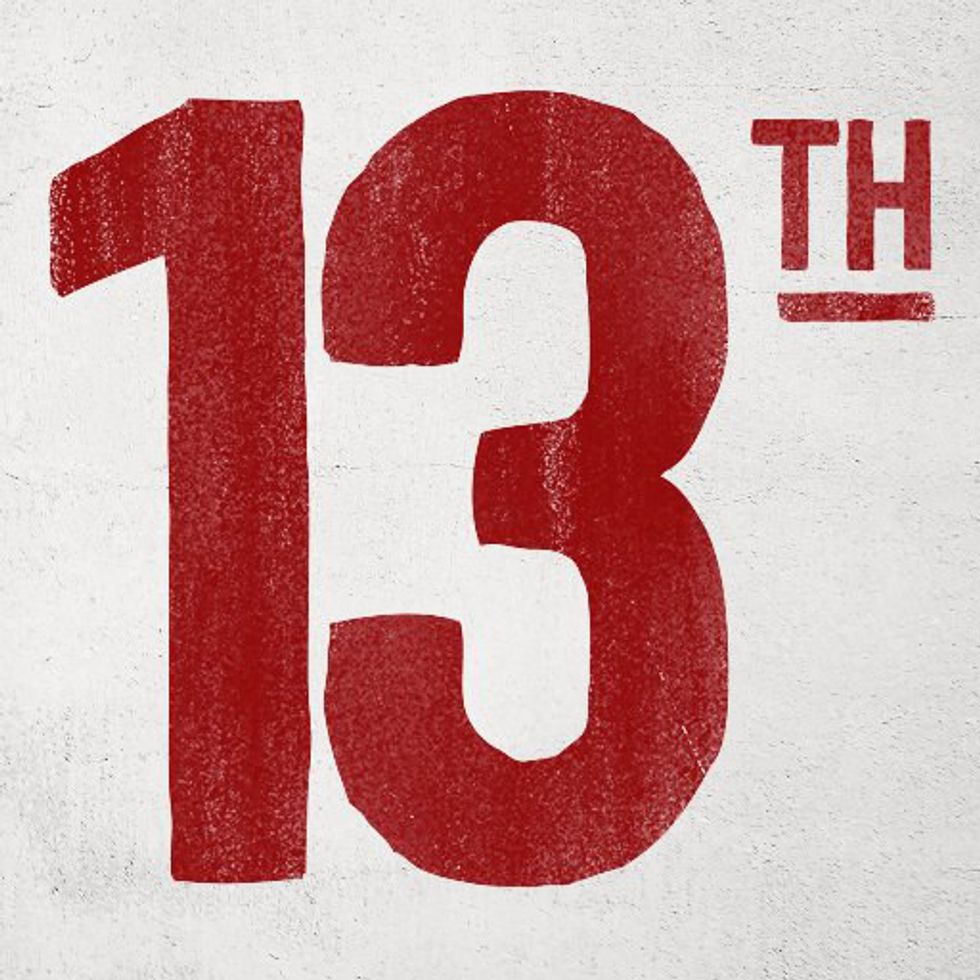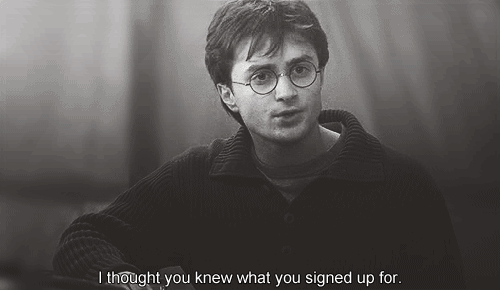“So let’s look at the statistics. The United States is home to 5% of the world’s population, but 25% of the world’s prisoners.” These are the words that greet audiences when they begin to watch the documentary 13th, available on Netflix, and they are uttered by former president Barack Obama. Under the direction of Ava DuVernay, who also directed 2014’s Selma, 13th shows the harsh racial and ethnic divide in this country through the examination of our prison system. It is alarming to watch and learn about how the prison population rose from 350,000 in 1970 to 2.3 million today, with 878,400 of those prisoners being African-American in 2001. The film has garnered much attention, even being nominated for an Academy Award for Best Documentary Feature at the 89th Oscars ceremony, but its importance lies in how groundbreaking its evidence is, and the history we are given for how this country built its current prison system on race.
The notion of what it means to be a “criminal” is sewn throughout the film. Early on, the film mentions a “loophole” in the 13th Amendment, which abolished slavery except for those deemed as criminals. It is noted how African Americans were beginning to be arrested for minor offenses during this time in order to give free labor to the south again so it could rebuild after the Civil War. From there, the view of black people as untamed law-breakers began to become the rhetoric for the community. The documentary then gives more examples of how this idea of a people was established, like through the release of 1915’s controversial The Birth of a Nation, the first major blockbuster film, but also a film that painted the Ku Klux Klan and the Confederates as Civil-War-heroes, while enforcing the racial stereotypes of black men as savage and stupid.
The timeline of the film continues by highlighting the passing of the Civil Rights Act and the Voting Rights Act in mid-1960s while also noting the rising crime rates from the now-adult baby boomers. Scholars in the film noted how the Civil Rights Movement was blamed for this rise, and that the 1970s welcomed a time of “mass-incarceration” through the passing of stricter laws, particularly the “war on drugs,” which directly affected black communities, especially those in poverty, and the idea of a “war on crime,” which was aimed at human rights movements. We begin to see the violent language, particularly with the Nixon and Reagan presidencies, that put so many of these in targeted communities behind bars for years. It became normal to see these “criminals” everywhere in the media, whether on the news, television shows, publications—it became so unavoidable that soon that became the story and face of the black community. This battle continues through the 1990s, as well, with the Clinton administration signing numerous laws that kept people in jail longer, without parole, and for a pre-set amount of years despite their criminal history, if the person even has one, along with new offenses being deemed as federal crimes.
The revelations do not stop there, either. The documentary details the role corporations play when it comes to these types of harmful legislation being passed, the criminalization of powerful black leaders, and the propaganda used to propel these negative connotations of the black community. It is disheartening and eye-opening to hear the truths behind the laws that were passed during the 1970s, ‘80s, ‘90s, and so on, and to see the ramifications that its had on a people that has been knocked down by its government since the beginnings of this country. The main history and time periods focused on in this film were barely 40 years ago, and its impact can still be felt in today’s atmosphere, something the film also examines. 13th’s context can be hard to come to terms with, but it is a great baseline into understanding how the system of American politics has been damaging to the black community for not just in the 1800s and before, but also after the Civil Rights Movement and beyond. It is the story of where we were, where we are going, and the hard work that needs to be done to reach the end-goal of true equality.








 man running in forestPhoto by
man running in forestPhoto by 





 "I thought you knew what you signed up for."
"I thought you knew what you signed up for." man and woman in bathtub
Photo by
man and woman in bathtub
Photo by  four women sitting on black steel bench during daytime
Photo by
four women sitting on black steel bench during daytime
Photo by  Uber app ready to ride on a smartphone.
Photo by
Uber app ready to ride on a smartphone.
Photo by  woman in red tank top and blue denim shorts standing beside woman in black tank top
Photo by
woman in red tank top and blue denim shorts standing beside woman in black tank top
Photo by  blue marker on white printer paper
Photo by
blue marker on white printer paper
Photo by  welcome signage on focus photography
Photo by
welcome signage on focus photography
Photo by  woman in white and black striped long sleeve shirt lying on bed
Photo by
woman in white and black striped long sleeve shirt lying on bed
Photo by  pink pig coin bank on brown wooden table
Photo by
pink pig coin bank on brown wooden table
Photo by  person holding iPhone 6 turned on
Photo by
person holding iPhone 6 turned on
Photo by  person holding pencil near laptop computer
Photo by
person holding pencil near laptop computer
Photo by  person slicing vegetable
Photo by
person slicing vegetable
Photo by 








